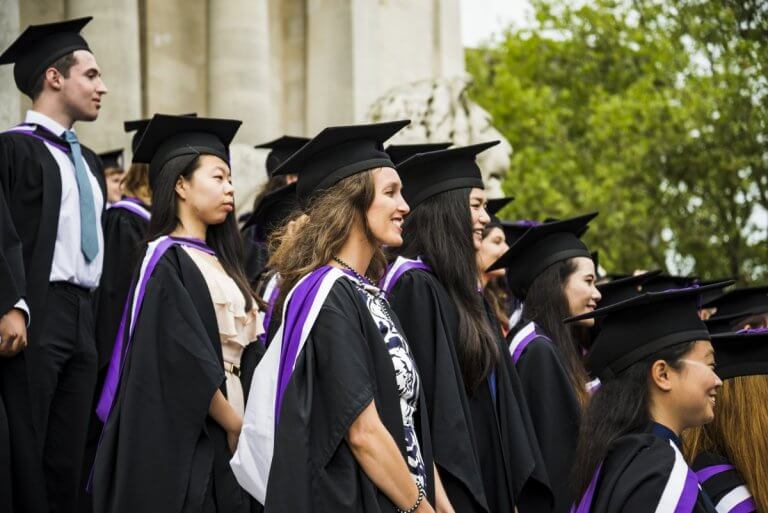
With the number of 18 year olds at the lowest level since the start of the millennium, UK universities are in fierce competition when it comes to recruiting UK students. Much is being written in the media about decisions to make unconditional offers and accepting students with lower than predicted grades in a bid to secure numbers. Yet international students generate billions of pounds for the UK economy and provide higher fee income for UK universities.
Perhaps institutions should consider a more focused attempt on international recruitment?
This is not as easy as it sounds.
Research shows that domestic students frequently make their choice of institution after an open day visit; an opportunity to experience the campus, soak up the atmosphere and most importantly, interact with staff and students. These networking opportunities are a key part of the decision-making process.
Conversations with knowledgeable, enthusiastic staff and genuine encounters with existing students who speak positively about their place of study enable the prospective student to build a positive emotional connection with an institution. When a university can achieve that, prospective students are more likely to choose that institution over the alternatives.
International students are no different in their desire to fit in and feel connected. According to the International Student Survey 2018, a third of international students say that knowing they will be studying with like-minded people is a key consideration in their decision-making. But international students don’t generally attend open days in the same way as domestic students; how can a university emotionally connect with students if they are unable to meet them face-to-face?

Students on the lawn at the Open Day at Sydney University 26 August 2017. Source: Shutterstock
The answer lies in storytelling.
Storytelling is a well-established concept in marketing – providing a narrative for a brand to enable it to be brought to life – and as Higher Education becomes increasingly marketised, universities are starting to employ this tool.
Websites and digital content play a prominent role in decision-making for international students, and over 80 percent use social media as part of their research process. When the opportunities for face-to-face contact are removed, digital media becomes a crucial mechanism for building a rapport and must offer genuine insight into the ‘feel’ of the institution; storytelling enables this to happen.
“High quality teaching” and “welcoming to international students” are cited as key considerations for over 60 percent of students (International Student Survey, 2018). If universities are going to attract international learners, their story must confidently convey their competence whilst also communicating a welcoming environment.
In theory, this appears straightforward. Higher Education within the UK has enjoyed a good reputation for some time, and the recent TEF ratings have provided institutions with the opportunity to favourably compare themselves to others. Yet with 42 percent of international students worrying that they will be made to feel unwelcome (International Student Survey, 2018), it would seem that a number of institutions have not quite got it right and are yet to establish that sought-after emotional connection with potential students.
Universities are starting to turn to video content; the number of institutions offering virtual tours and video content via their websites is increasing. For an audience fed on a continuous diet of YouTube, it’s not difficult to understand why.
A combination of imagery, soundtrack, mood and voice can all work together to provide a more immersive story for the viewer. Seeing a number of friendly faces, listening to genuine warmth and enthusiasm and walking alongside someone on an exciting journey is much more convincing than simply saying that everyone is welcoming and you can have a good time here. It’s a good example of ‘show’ being more powerful than ‘tell’; watching the film can provide a much richer experience than simply reading the book.
Turning the story into a movie provides a stronger route to building an emotional connection and if an institution can successfully do that, it can extend a genuine hand of friendship to more international students.
Liked this? Then you’ll love…
5 Australian university Instagram accounts students love to follow
Opinion: How social media can damage your university experience







